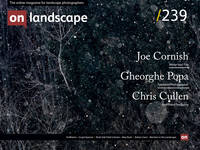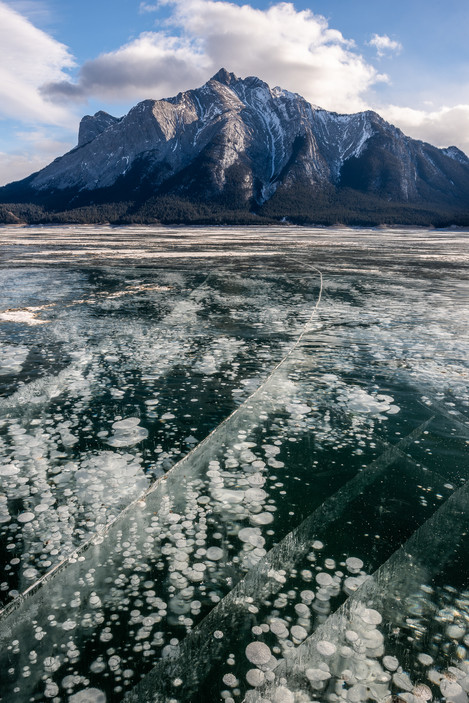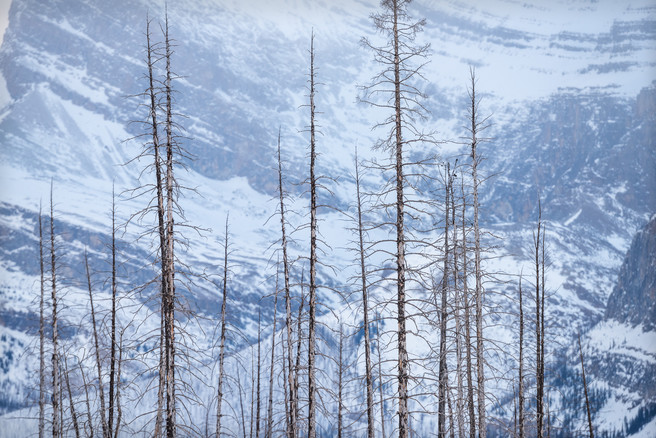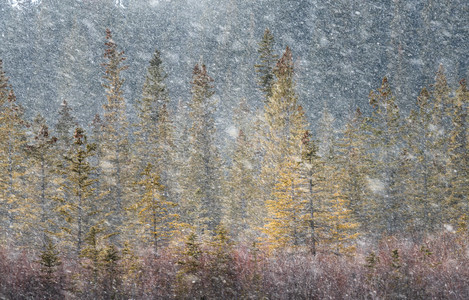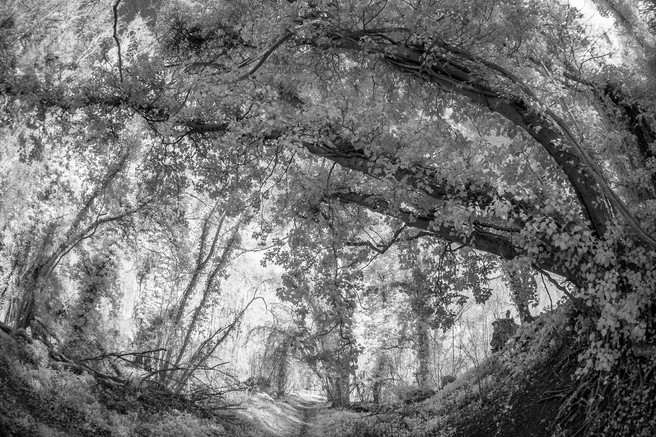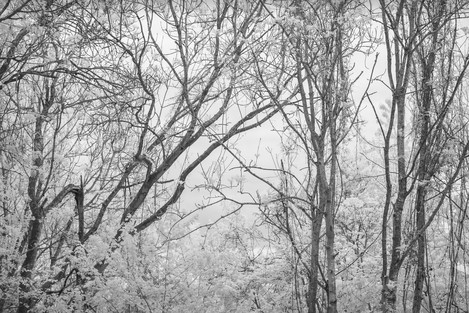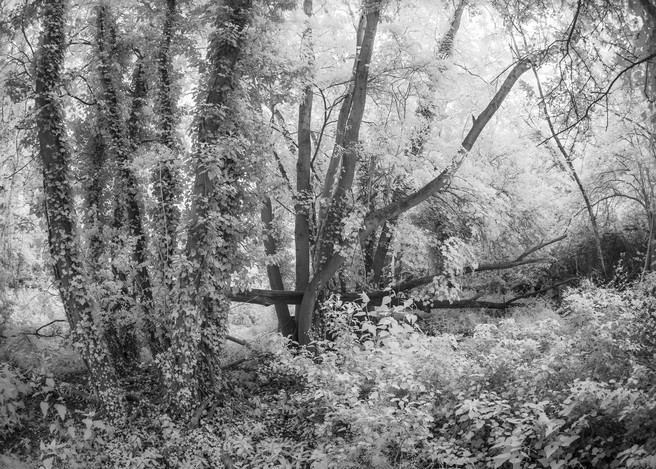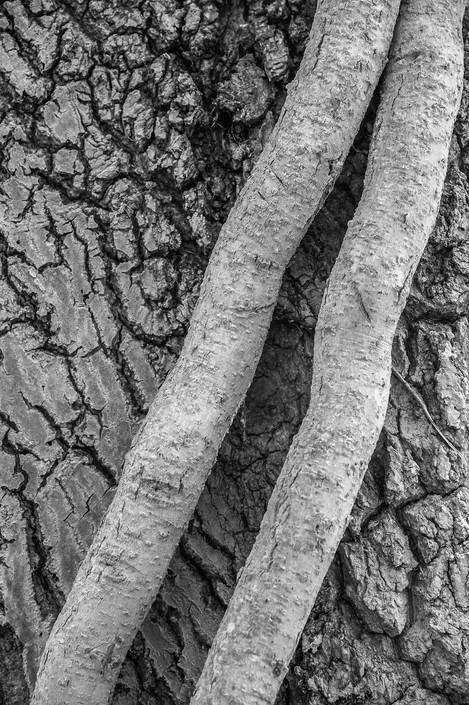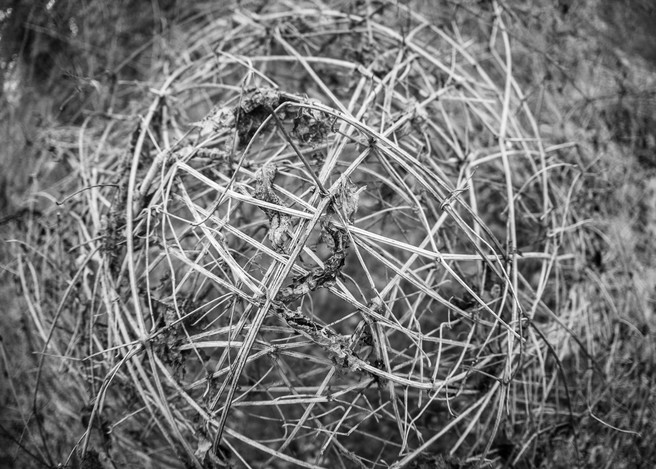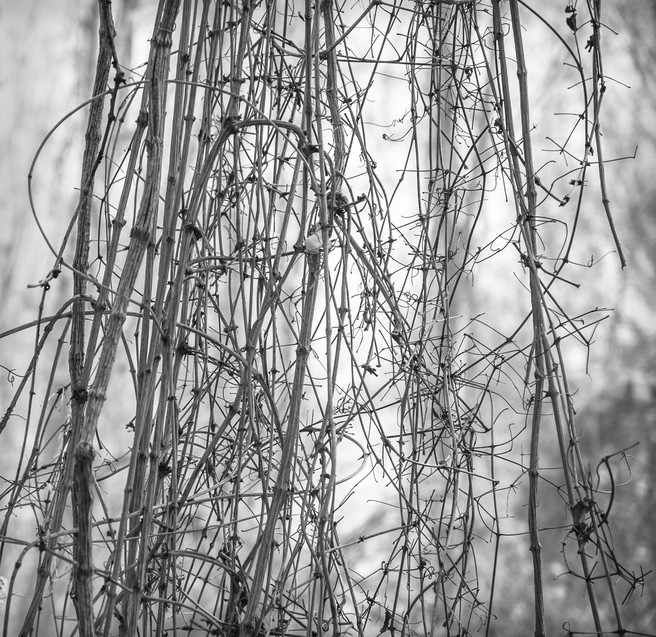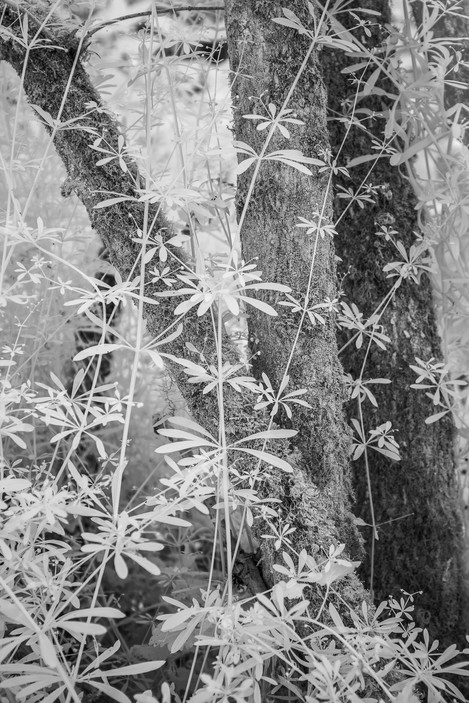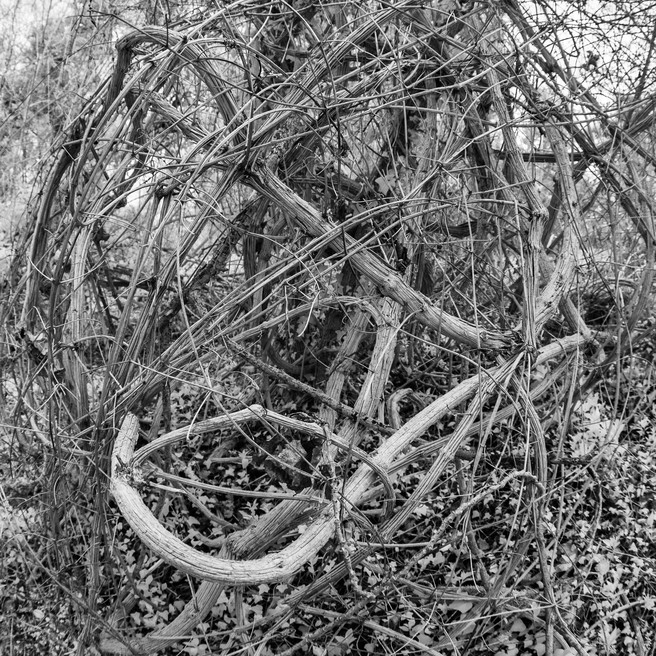Adapting To Change

Chris Cullen
I grew up in Scotland (Edinburgh and East Lothian). I have been living in exile in Suffolk since 1993. My interest in photography dates back to about 1981. Landscape photography has always been my main focus. I shoot digital and medium format film. I return to my homeland as often as I can but I am fortunate to live in a very beautiful part of the UK. I was until very recently a local GP. After 35 years in the NHS I am now semi-retired, helping with the Covid vaccination program. Covid permitting, I now plan to spend more time on my photography.
In January 2019, whilst on an otherwise highly enjoyable photography trip in the Canadian Rockies, I had the misfortune to break my right arm rather badly.
I was with a small group of friends exploring the stunning scenery of lakes and mountains in and around Banff National Park in Alberta, Canada. On the second day of our visit, we drove north from our base at Lake Louise, up the Icefields Parkway, past the Saskatchewan Crossing and east along the David Thompson Highway, through the beautiful Kootenay Plains to the jewel that is Abraham Lake.
Abraham Lake is in fact man-made. It is 20 miles long (32km) and over 2 miles (3.3km) wide at its maximum. It was created by the building of a dam in 1972, thereby flooding the rich plains there. The presence of the organic matter from the submerged plains leads to the production of methane bubbles. During winter the bubbles continue to rise as the lake slowly freezes over, deeper and deeper, resulting in columns of bubbles trapped in the crystal clear blue water. The ice becomes very deep and it is possible to walk out over the ice.
The lake is a few hours’ drive from any significant settlement. Surrounded by dramatic mountains, with no sign of humanity, it has an epic feel. It is a rather unnerving experience being a hundred yards or more out on the ice, in the middle of nowhere, far from the safe refuge of the shore, with the thick ice creaking occasionally beneath you. The ice is so clear, you can see many feet down into it. This adds to the strange floating sensation you feel. The ice isn’t flat at the lake edges, due to the underlying water level varying. I was cautiously exploring a new area of the ice, when I was caught out by the sloping ice slab surface and slipped, breaking my right upper arm.
It was several hours of very painful driving to the nearest hospital. As it had been -17 degrees C outside, I was wearing five layers of thick clothing. Peeling them off, so I could be x-rayed, was excruciatingly painful. Away from photography, I work for the NHS as a GP in my spare time. To my horror when I was shown the x-ray, it appeared to indicate that I had some form of bone cancer - probably spread from elsewhere in my body. The local ER doctors patched me up and advised urgent further investigation once back in the UK.
Whilst I did battle with my airline’s medical line to arrange an early return to the UK, I decided to make the best of the situation. I was in an amazing part of the world at a wonderful time of year. I ended up unable to change my return flight date, so I decided to push myself to carry on with photography as best I could.
I found myself forced to change my approach to photography. Being very right-handed was a problem. For the remainder of the trip, with patience, determination and a lot of help from some wonderful friends, it was surprising how much I could manage - albeit from the side of the road. Putting up a tripod with one arm is near impossible, so it was great to have help.
Having a geared tripod head was a godsend! The great advantage is that the camera, once mounted, is stable at all times. I could adjust the three planes of rotation one at a time, with no risk of the camera slipping. Though I couldn't stray from the road or path, it was a great relief still to be able to shoot at all.
Back Home
I eventually saw a specialist in the UK and was told that the ‘cancer’ was more likely a very rare but benign bone growth. This lightened my mood considerably, though it was another 6 months before I was given the final all clear. I found myself with a protracted period of time off work and immensely disabled with my right arm strapped up in a brace/sling contraption. The arm was prone to stabs of painful clunking due to the broken bones changing position when I moved.
I had a point of realisation that I never seem to have the time I would like to explore my photography, and with my innate stubbornness, I was determined to use the time well. Away from my helpers, things got complicated. I could not drive. I could not dare walk on uneven ground, I could not carry more than one camera with one lens and certainly not a tripod!
Operating a DSLR with one arm is tricky but not impossible. I often had to hold the camera strap in my teeth, in order to free up my one usable hand so I could change a setting. I found that I could cradle the camera in my left hand from underneath and hold it up against my face for stability. I could then press the shutter by reaching round with my middle finger.
Having a big, heavy DSLR camera didn't help much and camera shake was obviously even more of a potential issue than normal. This made my choice of only shooting infrared easy, as my IR-converted Nikon D700 has a relatively high base ISO of 200. Further raising the ISO for mono infrared shots didn’t seem too much of an issue, as I, along with many other people feel that grain/noise looks more 'natural' in mono. I found that ISO levels of 400 or 800, combined with my Nikon’s ‘VR’ image stabilisation system, enabled fast enough shutter speeds to avoid camera shake. So my usable kit of choice was my infrared converted D700 and a 24-120mm lens.
Stability issues meant that I could only shoot standing. I dared not kneel for fear of toppling over or being unable to get up without causing severe pain. I was unable to adjust the focal length of my zoom whilst holding the camera up to my eye. A trial and error approach was needed - I had to lower the camera, adjust the focal length by guess work, check the view and re-adjust until happy. This made precise framing of my shots very tricky and was frustrating when the light was fleeting. I would shoot multiple frames in the hope of capturing at least one decent composition.
Staying Local
I live in a tiny, medieval village in a very rural part of Suffolk. In the days before smartphones and satnav, my area had been described as the ‘Bermuda triangle of lost motorists’. The countryside around the village is an unspoiled, quintessentially English landscape of gently rolling low hills, verdant pastures, rivers and water meadows with small patches of woodland. At one end of the village, there is an abandoned clay pit that dates back many centuries. The clay from it was used to build the timber-framed medieval houses that still form the majority of the village.
My favourite landscape subject has always been the coast. I tend to shoot very low and quite wide (24mm typically), aiming for really quite simple images, often with slightly prolonged shutter speeds to smooth water and further simplify the scene. In terms of composition the copses, water meadows (and the clay pit in particular) near me were a challenging proposition to capture well. I decided to concentrate on the clay pit area, an extremely complex environment, with a mix of uneven ground, very mixed foliage, loads of giant creepers and ivy, and a lot of dead and fallen trees, logs and branches - all in a giant tangle! Compared to the clean, geometrically simple, carefully considered coastal work that I was used to, this was very different.
By chance, however, this was the sort of more challenging work I had been intending to head towards - moving away from mainly coastal, wide angle, tilt-shift lens work, towards monochrome work at longer focal lengths - trying to make sense of the much more complex inland environments. I had become aware that my work was perhaps too ‘samey’ and too restricted in scope. I needed to broaden my horizons and push myself to try other settings.
The transition to monochrome work was part of this. I understood that forcing myself to work in monochrome would help me develop artistically, to look more carefully at the tones and tonal relationships in what I was shooting. I had experimented with Infrared film in the mid-1980s and I had started using an infrared-converted DSLR camera about 18 months before my injury.
This approach to my photographic development had come at the suggestion of Paul Gallagher, who is well known to On Landscape.
Paul termed this approach as ‘embracing complexity’, which sums it up nicely. How does one go about coping with the chaotic scene most normal woodland presents? One needs to, in some way, distil down the scene and present it in some coherent manner, conveying the essence or spirit of the place. Like the title of the film ‘Dr Strangelove or: How I Learned to Stop Worrying and Love the Bomb’ one needs to come to terms with or ‘embrace’ the complexity and work with it rather than become overwhelmed by it.
Adapting To Change
Circumstances had forced this change upon me, as my local area was my only available subject. To start dealing with all this complexity, I found that using longer focal lengths certainly helped. Separation is perhaps one key element of this, with the resulting shallower depth of field and tighter, restricted angle of view assisting.
I experimented with cropping the composition down to smaller areas, to concentrate on repeating patterns or simpler geometry (e.g. a line of parallel branches or saplings) - separating them from the wider complex setting by removing distractions from the scene. I have learned that paying close attention to the relationships of different elements is important. Finding these compositions in such an intensely crowded environment is hard. Many shots that appeared ‘balanced’ in the visible light of the viewfinder, proved not so when reviewing the infrared raw file later at home. This is because the areas that are darker or lighter to the naked eye may not show the same differences in tone in the infrared part of the spectrum. Some early attempts just had too many compositional elements to work well.
Sometimes taking a step to one side or dropping a little lower can improve the geometric alignment/relationship or two trees or overlapping branches.
I started using wider apertures combined with longer focal lengths to help with ‘focal separation’ - helping distracting elements melt away into a blur and simplify the image taken. Some initial shots had too little depth of field, with the main ‘subject’ of the image not sufficiently in focus, other images had too much depth of field, yielding a view that was too busy and detailed.
Similarly, I took care to employ ‘tonal separation’,
such as using a darker backdrop behind a paler subject (e.g. birch tree trunk in front of darker conifer trees), finding that this helped to clarify the composition and add depth. Often a small adjustment in position to one side would give the subject a darker or plainer backdrop.
Progress
At the start my options were limited. The clay pit had been used over centuries and has several different excavated areas with multiple different levels and some very steep drops. Even the flatter areas away from the footpath are carpeted in ground ivy and a tangle of vines and roots. Sections had huge masses of thick tangled vines, tied into bizarre knots.
At first, I did not dare wander from the single narrow footpath that runs through the area, peering through at possible subjects that were initially far too dangerous to access. In due course, I tentatively tried to venture off the path into the dense body of the clay pit. Creeping cautiously around, always looking for something to grab to steady myself and closing my eyes at times to avoid scratches, I pushed my way through the heavy growth, trying to find the easiest path but frequently having to retreat. I had the benefit of starting this exploration in February when at least the foliage was relatively bare. I built up a good memory of what routes worked and which didn’t. I found groups of trees and strange clusters of vines that had previously been invisible to me, opening up more and more options for subjects and compositions.
Given my time off work, I had the luxury of being able to return time and again, often revisiting and revising previous compositions I had tried. Over my slow weeks of recovery, I took myself to the clay pit several times each week, each time exploring a little more, refining my efforts with each new visit, further distilling down my interpretation of the local environment.
As my arm began to heal, the instability of the fracture eased off and the fear of inadvertently triggering a painful clunk in the arm faded. My stability and more importantly my confidence improved and I was able to crouch down if necessary.
These local spots are very far from being classic honey-pot locations. I had to try harder to achieve images that might prove initially pleasing but also stand the test of time and retain their value to me later. What was once an area that seemed physically repellent to me, became one of familiarity that tempted me back. Something that I had known about for many years and never considered worthy of photographic study became a place I know I will return to and discover more of in the coming years.
My photography has changed. Having been forced to work more slowly, I am more used to a slower, more considered approach to my image-making. I have got into the habit of walking more slowly, of pausing frequently, taking time to look properly and ‘see’ my surroundings. I am happy to sit for a few minutes or lean against a tree and tune in to my environment. I have continued to make a lot more monochrome images (digital and film). My style has changed. I love taking time to spot little features or relationships that might have gone unnoticed in the past. I also think I shoot fewer ‘bad’ photos!
- Trees on the Kootenay Plains, Alberta
- Interwoven ball of vines, supporting itself.
- Venturing in. A curtain of vines, deep in my local clay pit.
- The clay pit seen from the safety of the footpath
- Concentrating on details. Ivy stems winding around an oak tree.
- Tightly packed, slender trees reach towards the light.
- Complexity
- Getting lower and closer into the ‘jungle’
- Tangled complexity. The vines are up to 3” thick in places.
- The last shot from the trip: A Blizzard blows over the Vermillion Lakes, near Banff.
- Abraham Lake in winter, with Mt Michener. Taken one handed

